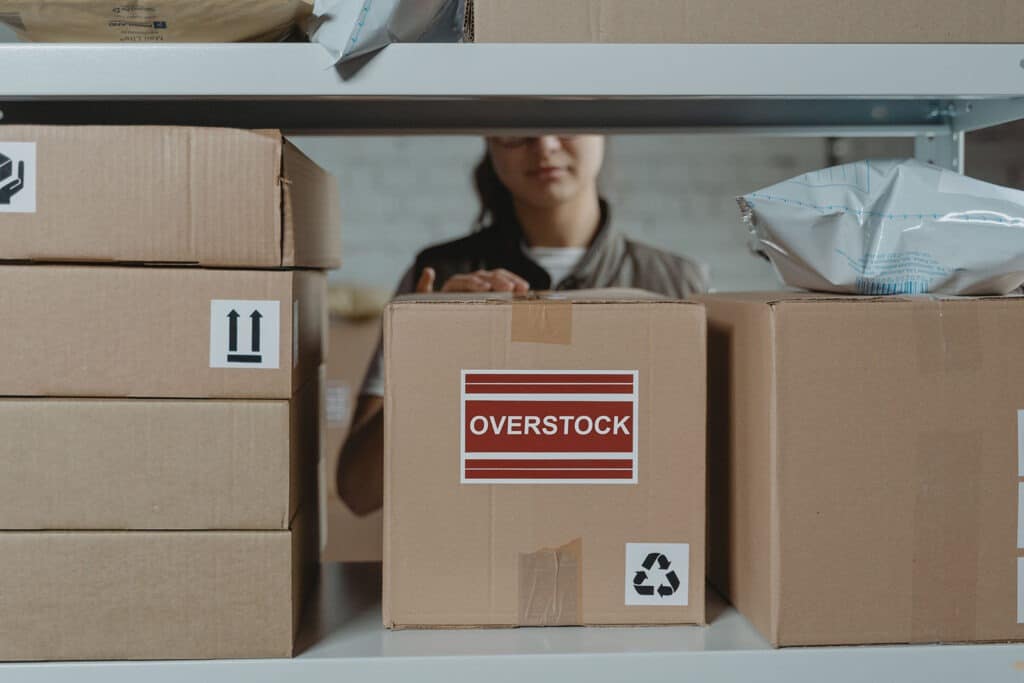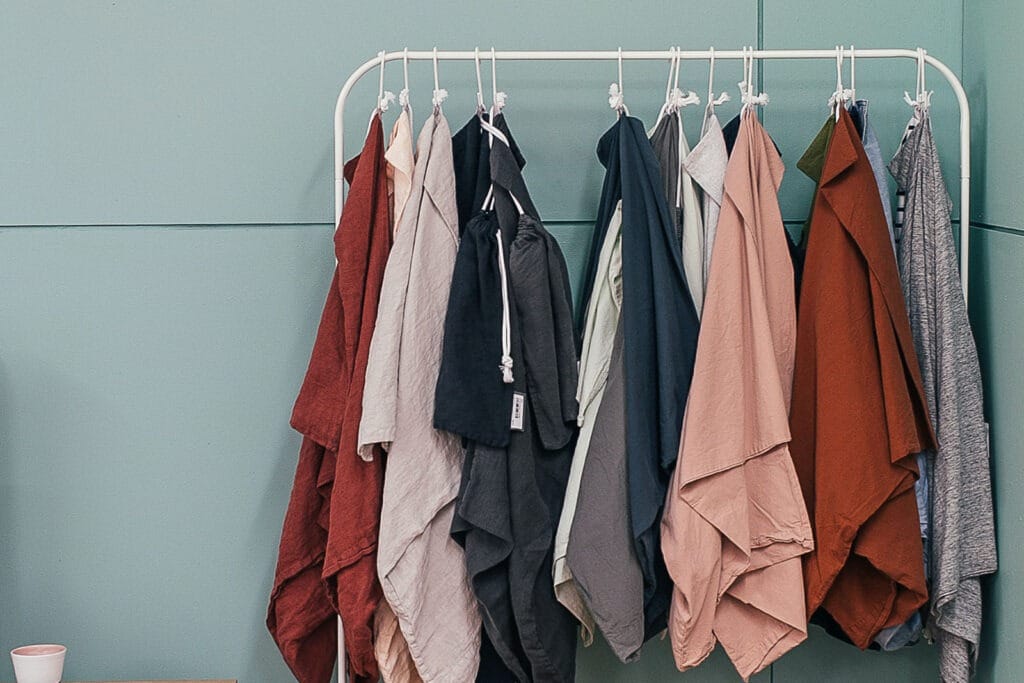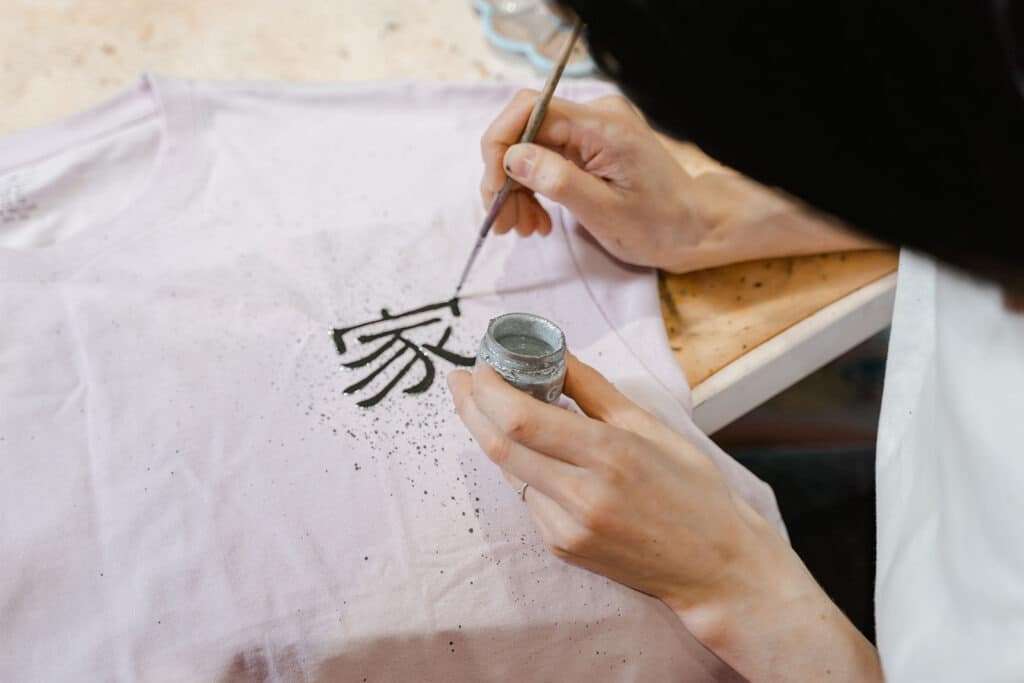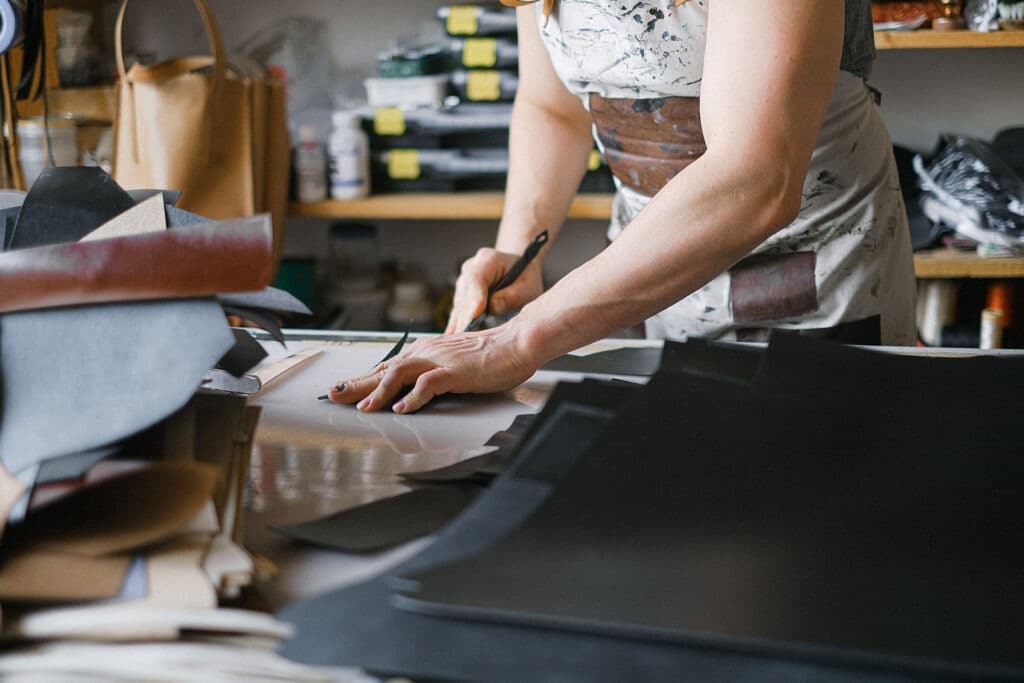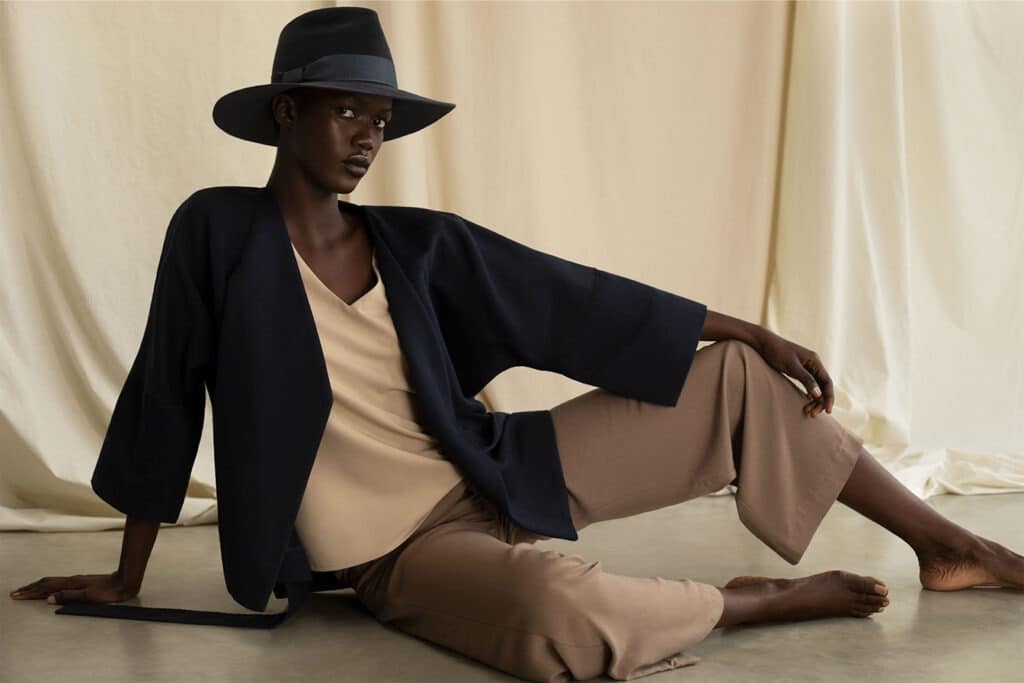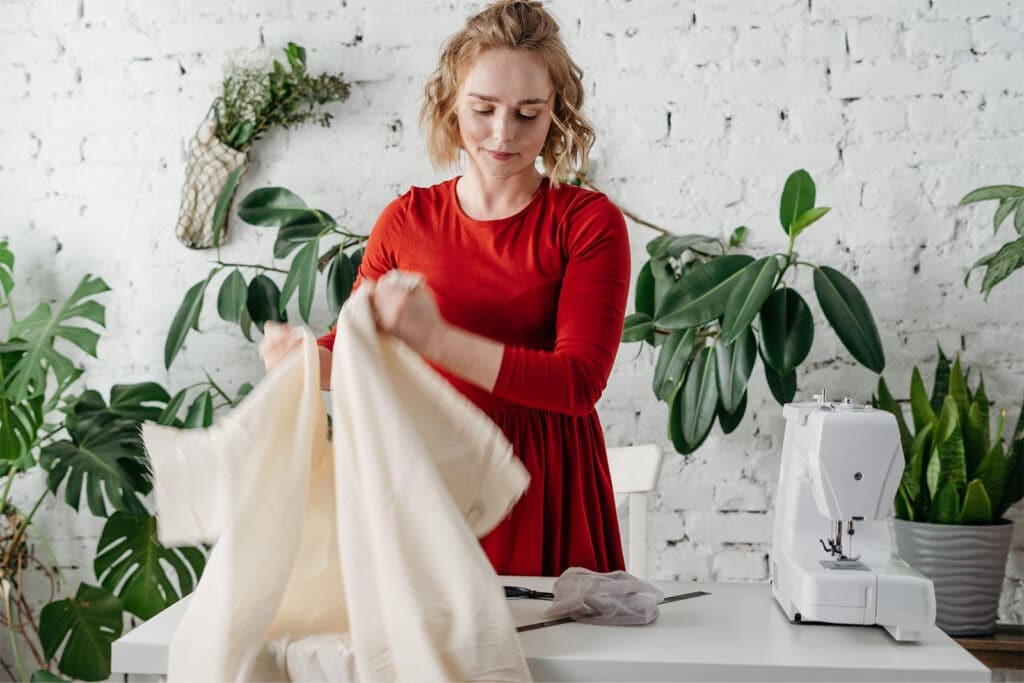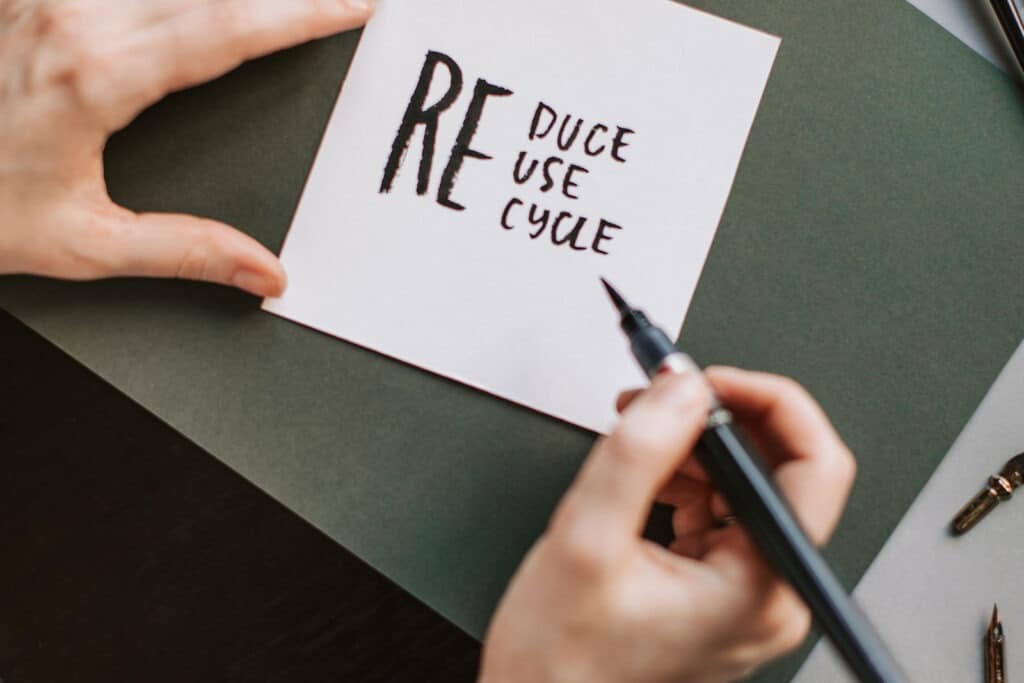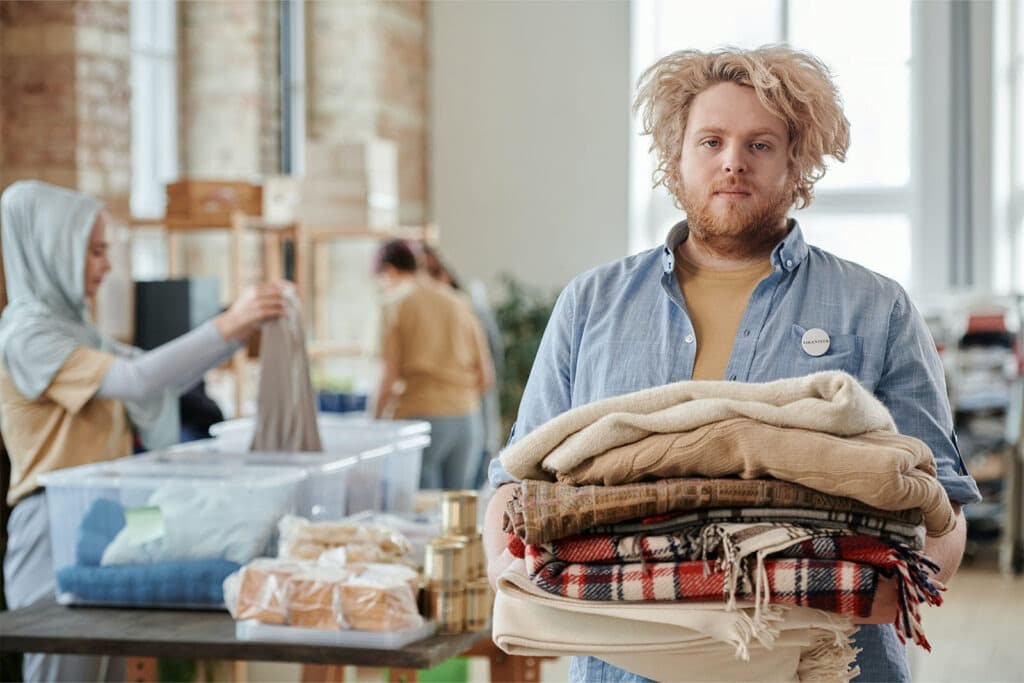Almost every designer we work with has the same challenge – how to tackle fashion overstock without devaluing their brand or harming the environment.
It’s an especially big challenge for smaller brands who, unlike fast-fashion conglomerates, don’t have the soaring margins and deep pockets to justify selling their stock at rock-bottom prices to liquidators like Otrium or Designer Brand Box.
Googling ‘how to reduce overstock’ will dig up plenty of articles touting a range of overstock-reduction techniques, from investing in inventory management systems to smart-sales strategies. Unfortunately, what’s harder to find are sustainable solutions for how to manage any overstock that you DO have – because even the most diligent inventory management system can’t eliminate overstock altogether.
So let’s take a look at just that – sustainable solutions to fashion overstock in 2022.
What is fashion overstock?
Before we jump into our sustainable solutions, let’s explore the concept of overstock for a moment.
Overstock means having an excess of unsold stock sitting in storage, driving up your storage expenses, and cutting into your profit margins. Globally, around 20% of clothing remains unsold each year out of more than 100 billion pieces.
What contributes to overstock? Well, whilst poor inventory management is a factor, the two main drivers of overstock are:
Fear
Brands fear they may miss out on revenue due to inventory depletion – so they over-order.
Price
Ordering too few of an item usually results in a low-profit margin. Traditionally, a minimum number of items need to be ordered to ensure a piece is profitable. This often pushes brands to over-order.
Why sustainable fashion overstock solutions?
A 2021 World Economic Forum report identified the fashion industry, and its supply chain, as the world’s third largest polluter (after food and construction). In the past, well-known brands including Burberry, H&M, and Urban Outfitters have been called out for electing to burn millions of euros of stock as a solution to their overstock woes. Not only is this obscenely wasteful, but it’s also incredibly harmful to the environment, and entirely avoidable.
Sustainable solutions can help you realize new revenue from unsold pieces, contribute to under-resourced communities, positively impact the way people perceive your brand, and reduce the fashion industry’s waste footprint.
#1 Launch a limited edition collaboration
Feeling creative? Follow Funktion Schnitt’s example and turn your overstock into a limited edition collection.
In 2018, the contemporary German brand launched ‘Re:Cycled: The Overstock Collection’ as a creative solution to their overstock challenges. Funktion enlisted the help of up-and-coming designers to put a fresh spin on pieces from previous seasons – creating a whole new collection with sustainability at its heart.
The Overstock Collection was a fantastic initiative for two reasons; not only did it help Funktion Schnitt reduce overstock, but it also gave opportunities for young designers to showcase their skills.
#2 Contribute your overstock to the future of fashion
The future of the fashion industry lies in the hands of would-be designers attending design schools all over the world. Why not use your overstock to contribute to the growth and development of their talent?
There are two great ways you can do this:
For education
You could connect with the design school faculty and see if they would be open to an ongoing collaboration. You donate overstock pieces for students to upcycle, recycle, redesign or deconstruct – in return, the school gives you video and photography assets that you can use in blogs and other marketing activities.
For their wardrobe
Having young student designers proudly wearing your pieces could be a long-term investment into your customer base. This could be a mutually beneficial relationship where the students can choose overstock items at low (or no) cost, and in return, provide you with some out-and-about snaps of your beautiful pieces for your social channels.
#3 Join forces with a designer rental platform
Rental is the next big thing in fashion with market experts predicting the global rental clothing economy to exceed 2 billion dollars by 2025. It’s a no-brainer solution to overstock that can help brands access a new, sustainably-driven audience.
Studies have shown that compared to traditional fashion retail, rental models see increased wear turns and a reduced environmental impact. Alongside this, rental is the only overstock solution that can help brands realise MORE revenue than if the piece had sold at full retail price, by generating recurring rental income.
At Dressr, our brands (or conscious creators as we like to call them) are our partners. They’re getting in at the ground floor of Europe’s rental revolution – realising sustainable solutions to overstock that long-term will put more money in their back pocket.
If you’re interested in exploring designer fashion rental, we’d love to chat!
#4 Repurpose/upcycle your overstock garments
Upcycling is also known as ‘creative reuse’ which we think perfectly describes how Belgian brand Kate & Jules handles overstock.
Every year Kate & Jules founder Catherine Standaert repurposes garments and textiles from previous seasons to create beautiful new items. She has a range of gorgeous cushions, stylish belts, and other creative upcycle initiatives designed to reduce overstock and minimise her brand’s impact on the environment.
I’ve heard many designers talk about overstock as a personal failure of theirs to bring the right design to market. By repurposing or upcycling an item, you can change the narrative of that piece.
Rent K&J on Dressr today >>>
#5 Donate overstock to a good cause
Donating clothing can be a difficult business. We always want to ensure that our donated items are going to the right people, with a transparent process in place.
In Belgium and France, several incredible organizations work locally with donated garments, shoes, and accessories. Here are two we love:
Don Solidaires
Paris-based Don Solidaires advertise themselves as ‘acting for a society without waste and without exclusion’. They distribute new products in perfect condition to charities that benefit people in need.
https://www.donsolidaires.fr/
Kringwinkel
Operating in Flanders, Kringwinkel is a not-for-profit focussed on providing employment for people with few (or no) opportunities in the labour market through their network of thrift stores across Belgium.
https://www.dekringwinkel.be/
Long-term, we should all be committed to reducing overstock before it happens, whether through intuitive stock management systems, better market analysis, or on-demand initiatives.
But for right now, it’s important to have positive solutions for the overstock pieces you DO have.
Whether you try one, or all of these solutions, we hope we’ve been able to offer some inspiration on how to change the tide on overstock.

